writing on Hikari 528 Shinkansen, car 6, seat 10-A
Two and a half days are just too short for the wonderful city of Kyoto, where cherry trees are in full bloom right now.
Sakura – cherry blossom
What I like most is that it smells like spring here thanks to the many cherry trees. It’s not only nice in combination with the bright blue sky and the sun, which is pleasantly caressing the skin right now. It also reminds me of home. When I close my eyes and breathe in the smell, I can block out all noise for a moment and feel like I’m 12 years old again and in the garden at home. The cherry trees that used to stand there smelled the same. So cherry blossom smells not only of spring in Kyoto, but also of childhood. That’s a nice feeling.
At the same time, it’s funny that it seems to be the same all over the world, and little Japanese kids might have the same memories. Except I haven’t seen any really big lots in this country that allow for something like “private” cherry trees…. I guess the concept of space is not too familiar to the Japanese.
Capsule hotel
This is also exquisitely evident in my “spacious” hotel room. Although I consider my days in hostels and youth hostels to be numbered, since I was traveling alone and not keen on paying the rather expensive seasonal supplement on a night in a normal hotel room, I looked for a capsule hotel in the center instead. This is basically a better dormitory in a youth hostel – shared bathroom, lockers in the hallway instead of a safe in the room, but a papier-mâché sliding door to protect the rest of privacy, which you do not have in youth hostels in the 8-bed dormitory. But none of this helps when a few drunks loudly call attention to themselves at four in the morning.
Well – at least I can now also book this experience on my credit account, but I don’t have to do it again. The money saved, however, I could already invest very well in tax free shopping things.
Chinese tourists in kimonos
…(not saris) contribute to the original Kyoto cityscape, at least for western visitors who can’t distinguish between Chinese and Japanese noses. Tourists can rent the kimonos for small money including the original hair styling at almost every corner.
Contrasts
It may be that one has a very romantic image of Kyoto in one’s mind, if one has ever dealt with the city. After all, it was the ancient capital of Japan (please don’t ask me what period that was…). However, when you enter the city on the bullet train, the Shinkansen express train, you get the full broadside of modernity with all the skyscrapers and shopping. That’s how I felt, and I was a little surprised that I had to go looking for this romantic, postcard-perfect image first.
I eventually found the beautiful, picturesque old town with one- or two-story cottages standing close together with dark wood decorating the facades and fell in love right away. Here, a few more hours of free time would have done well to fully immerse myself in the atmosphere, wander through individual stores, make a Japanese “coffee and cake” stop here and there, or even explore the even smaller back alleys. Anyway, quite a lot boils down to exploration, because what you can read at the individual stores, you wouldn’t understand without any knowledge of Japanese anyway.
Tons of tourists during cherry blossom: High season in Kyoto
Although it has been quite crowded everywhere due to the cherry blossom – getting up early didn’t help, but gave me more of the day and the time to also look at a remote temple away from the crowds. The contrast is also striking when it comes to sightseeing: the main tourist attractions are completely overrun and you are “carried along” by a huge mass of group tours. A visit to the Golden Temple takes on average, despite wonderfully landscaped gardens, only thirty minutes. You can only go in one direction, because from behind crowds of people are pushing directly after – which then also does not invite for long photo sessions.
The other side of the visits I experienced are the temples, which are further away. There, it’s nowhere near as crowded, the picturesque grounds are still many times larger, and you have all the time in the world to look around extensively (and even walk in circles or back if you want to). The problem with this is that I didn’t have the time to take in the tranquility at all in that case. So you should be clear in advance that with two days you should either see as much as possible in fast forward and not shy away from crowds of tourists. Or, you can pick one or two out-of-the-way temples that, like Daikaku-ji, are worth the slightly longer distance. All the temples I visited cost similar, around 500 yen (about 4 EUR).
// Temple complex a bit outside: Daikaku-ji in the northwest of Kyoto

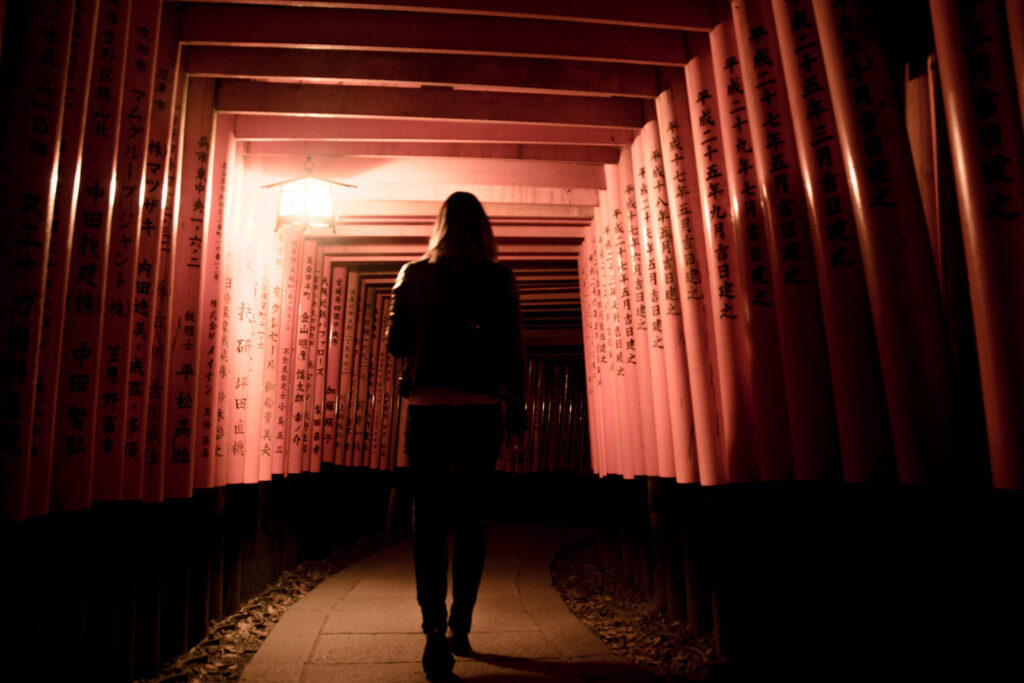
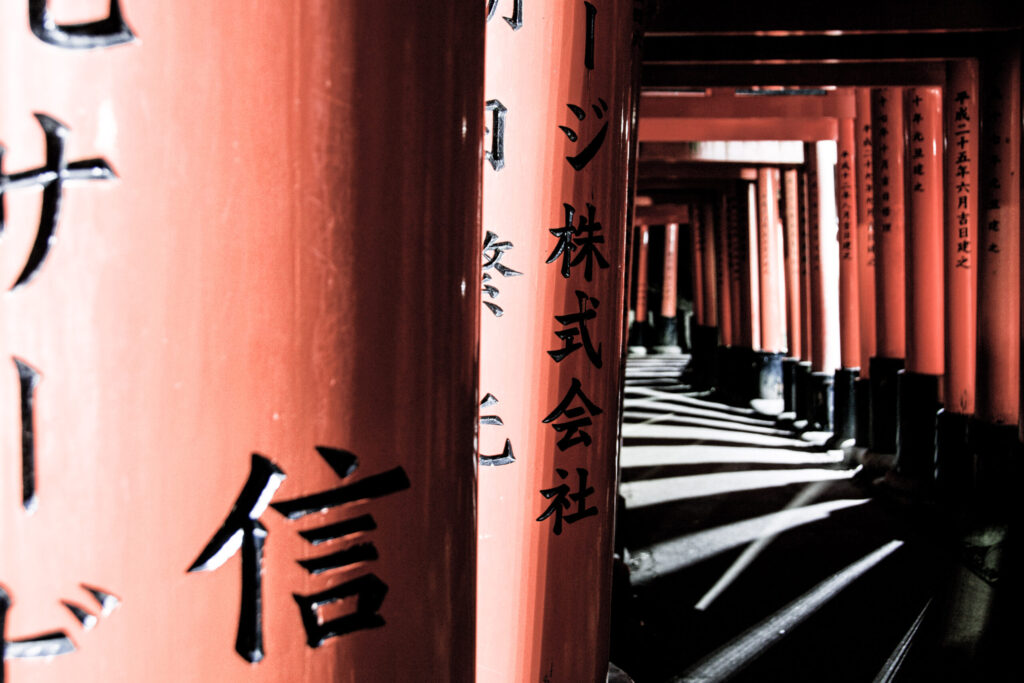
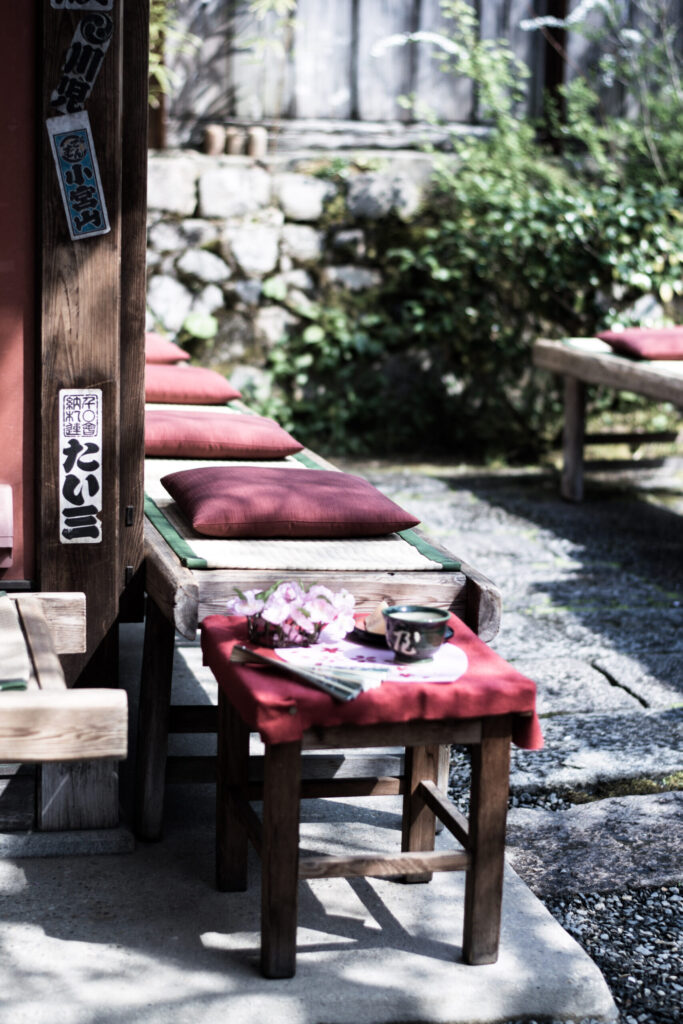
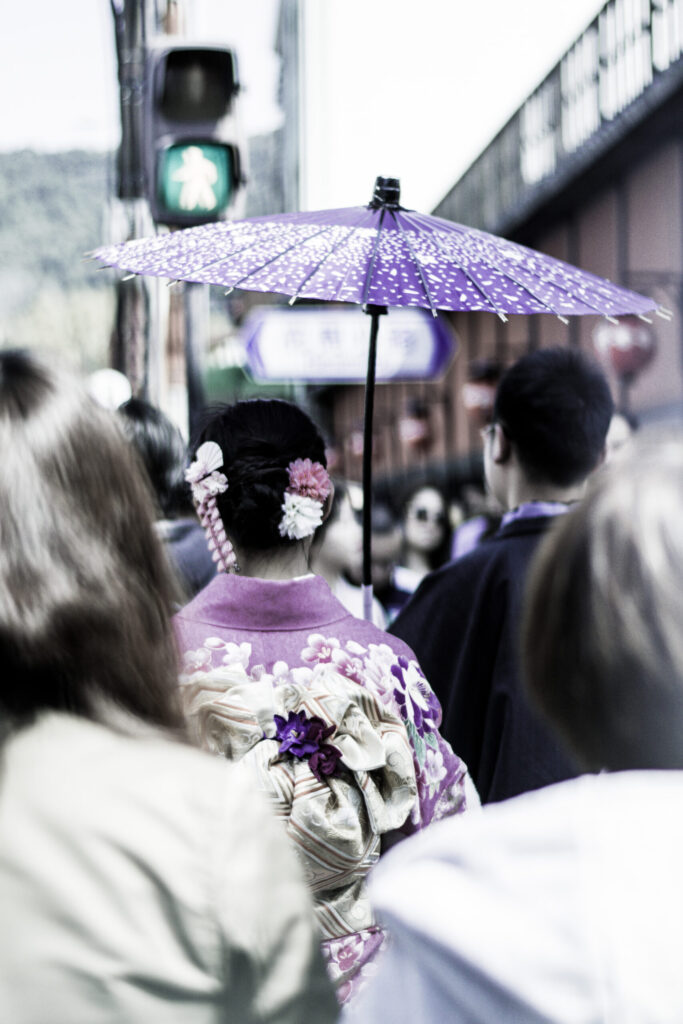

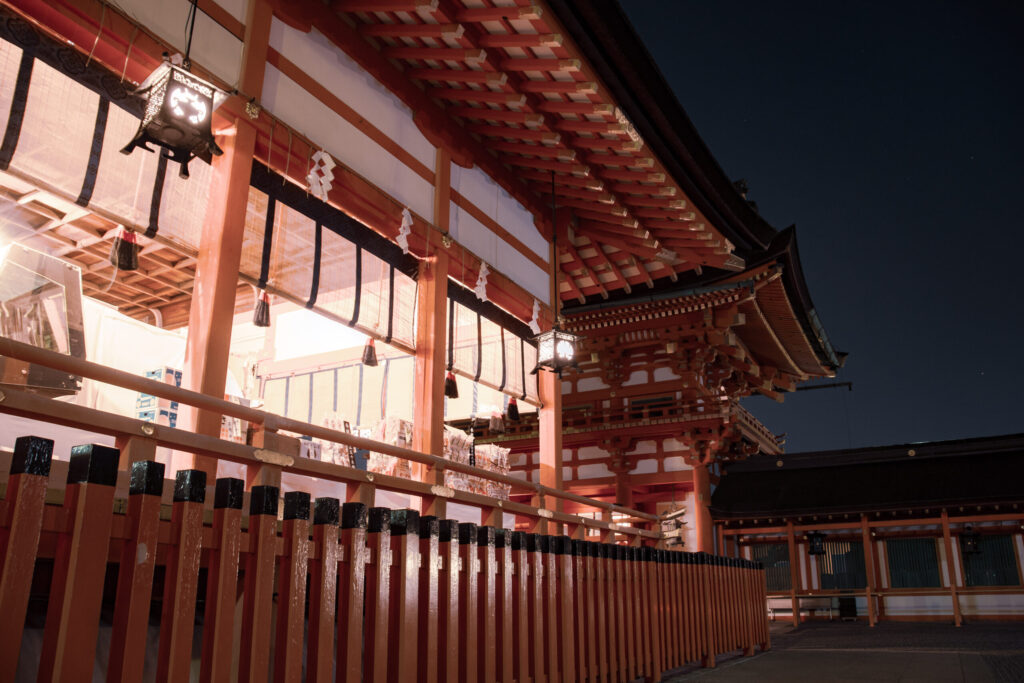
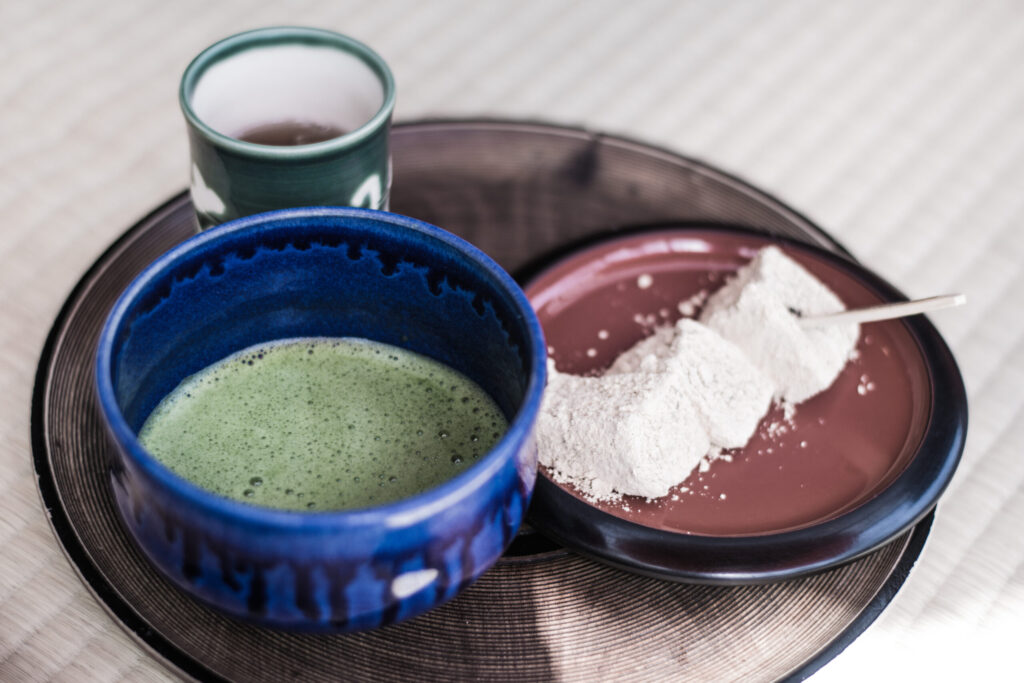
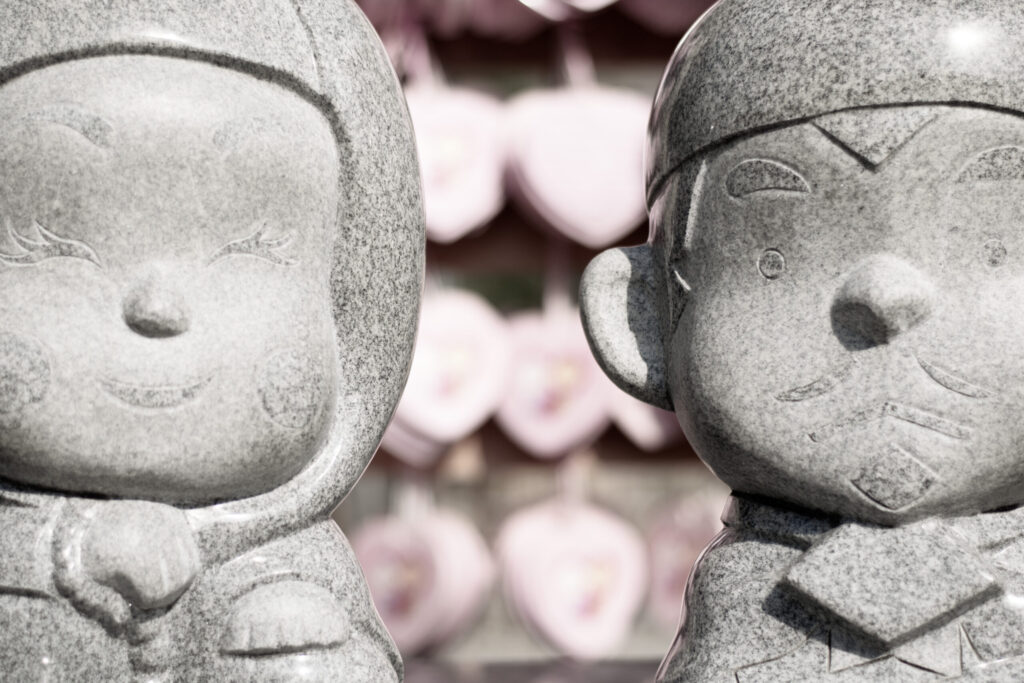
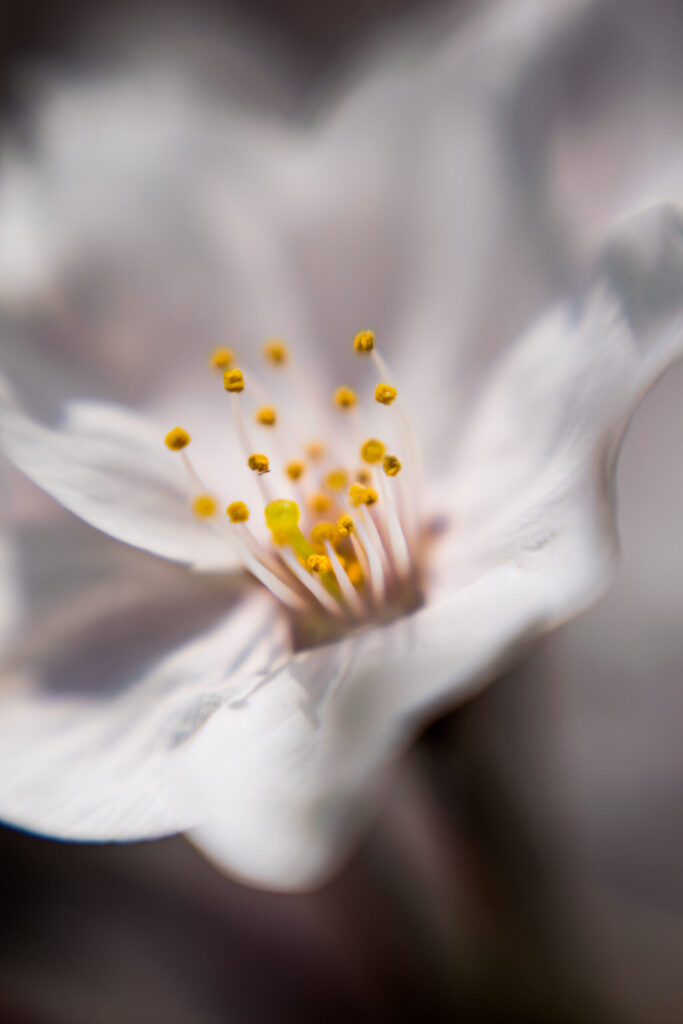
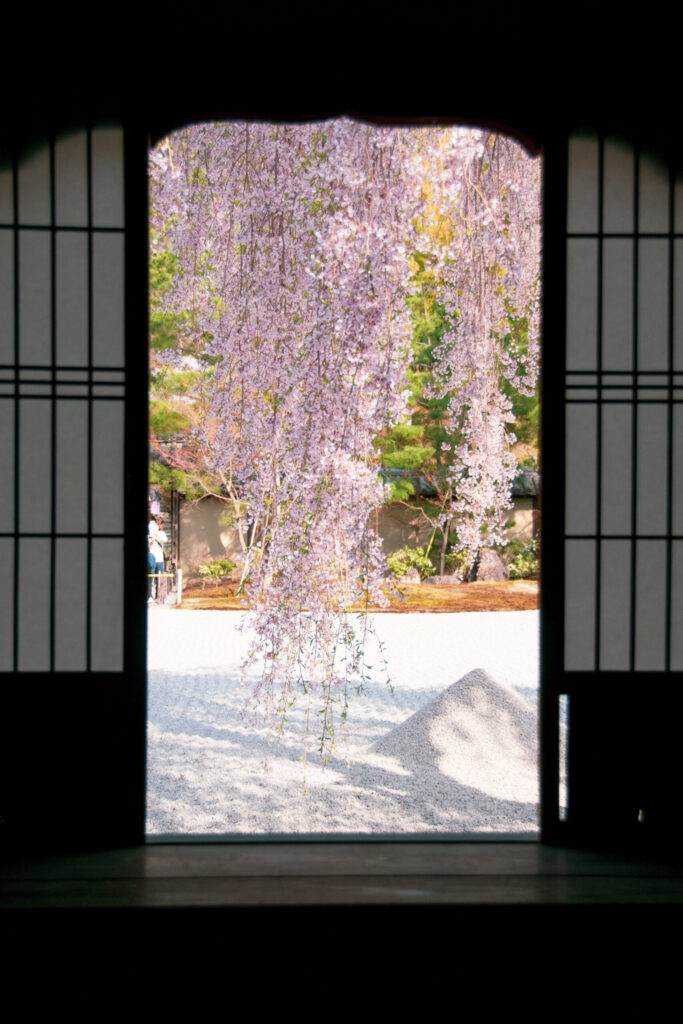
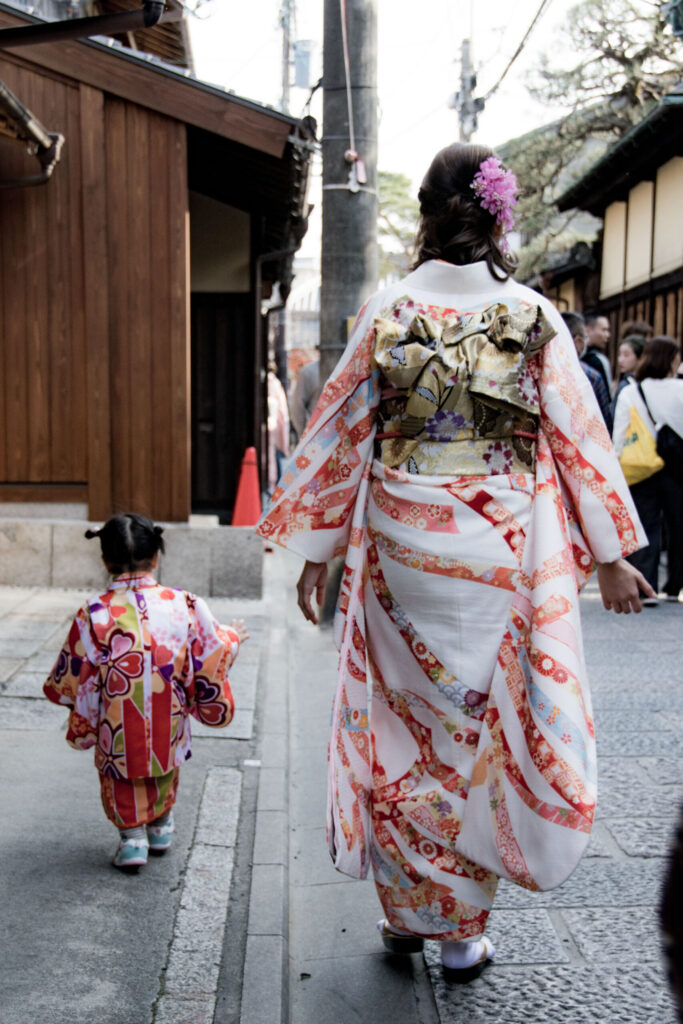
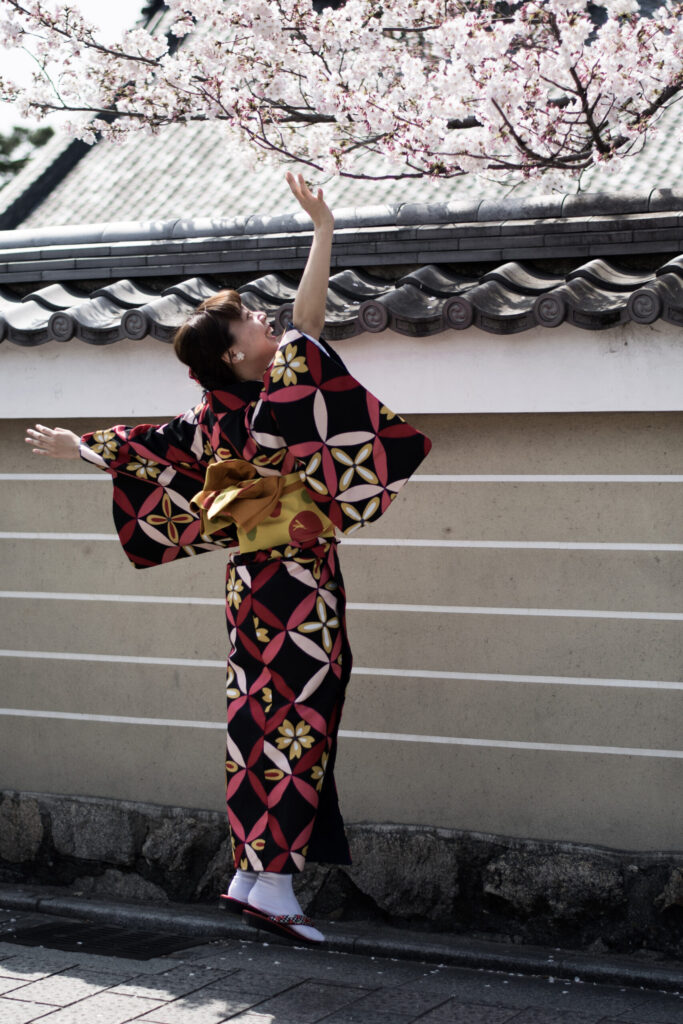

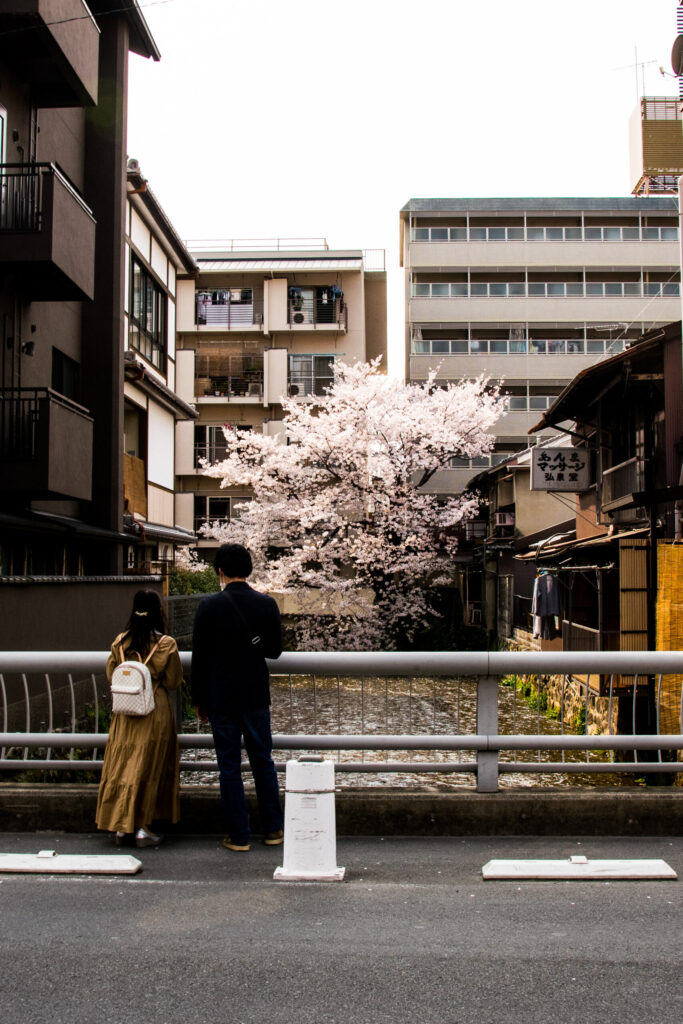

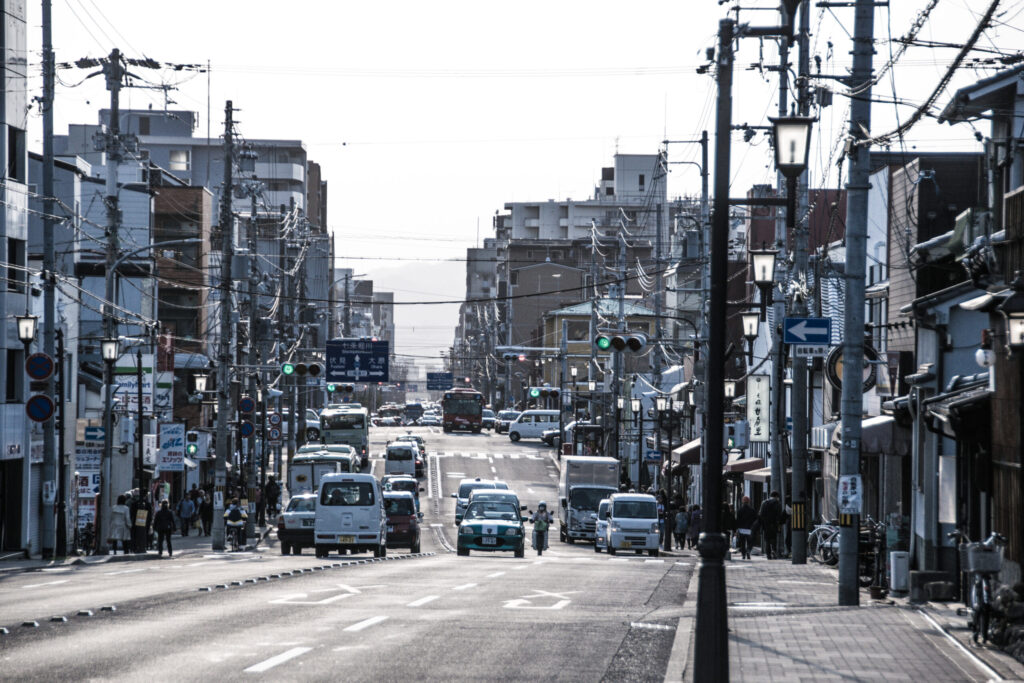

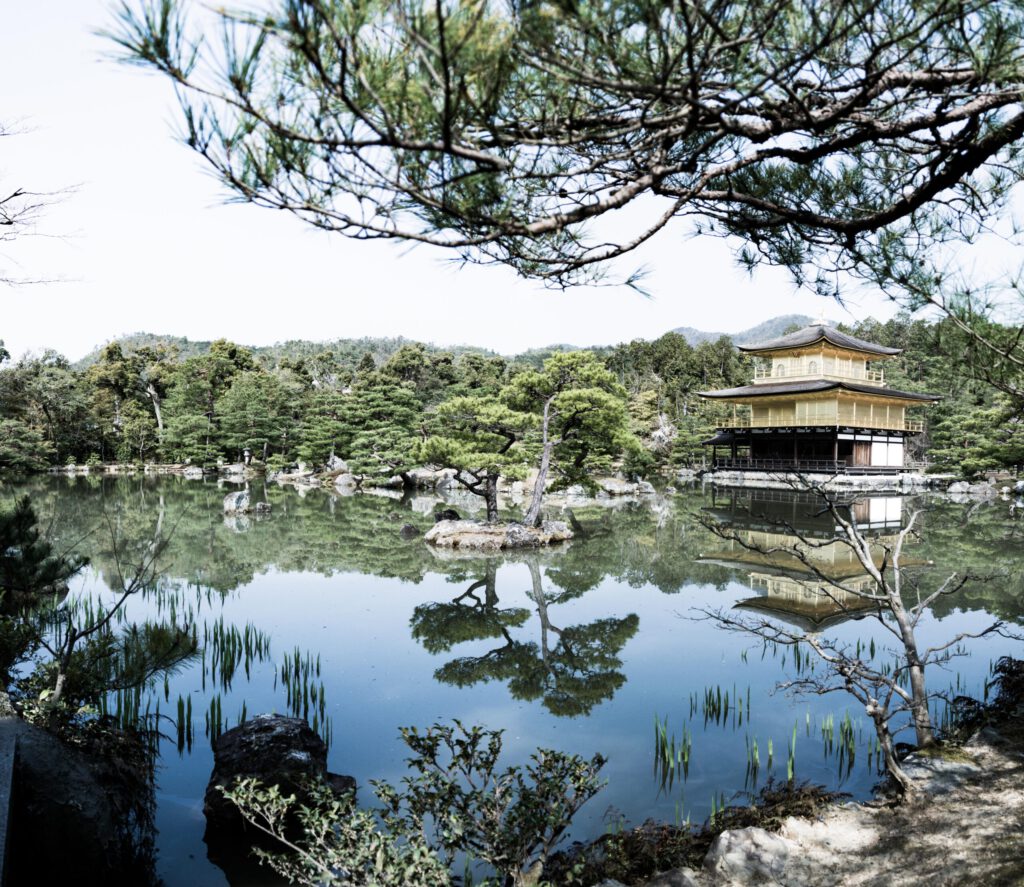
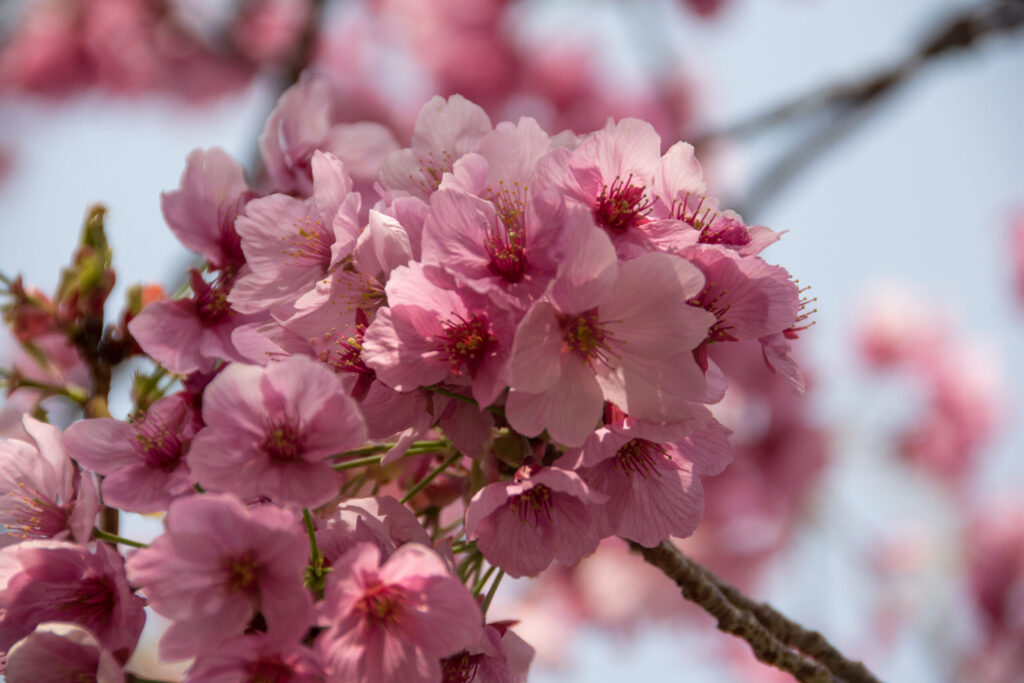
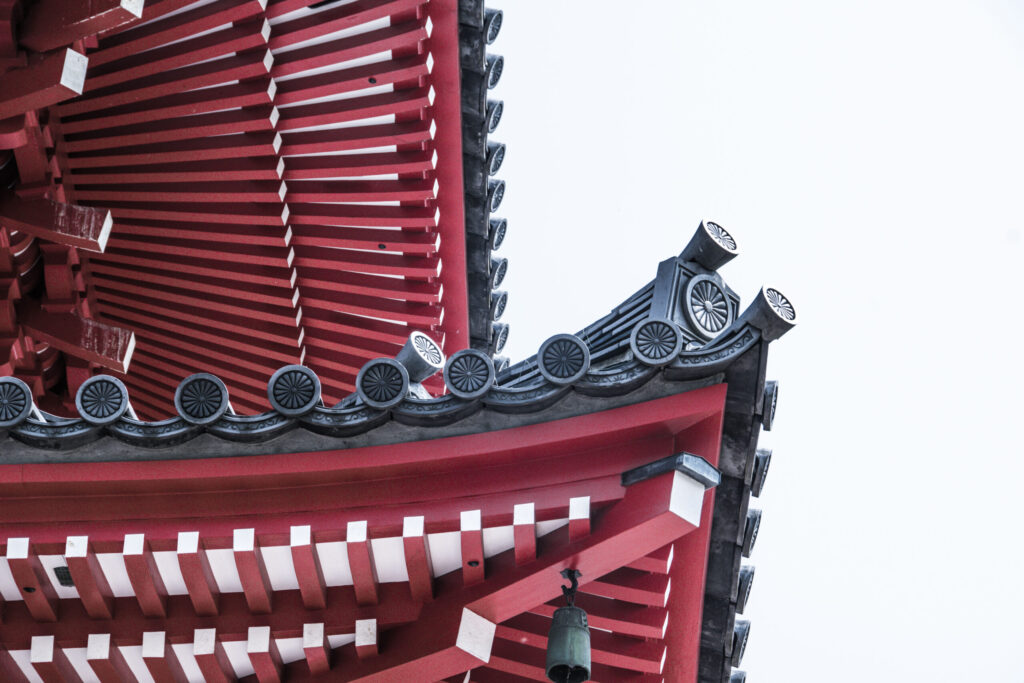
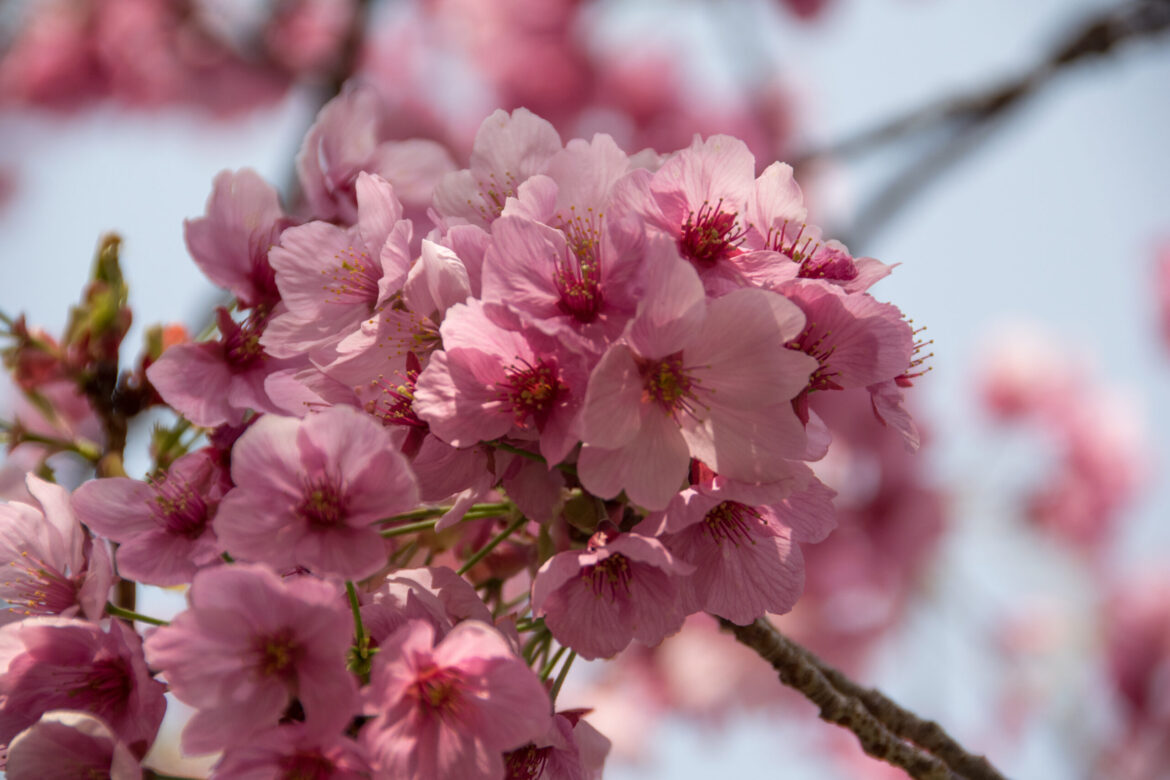
Leave a Reply